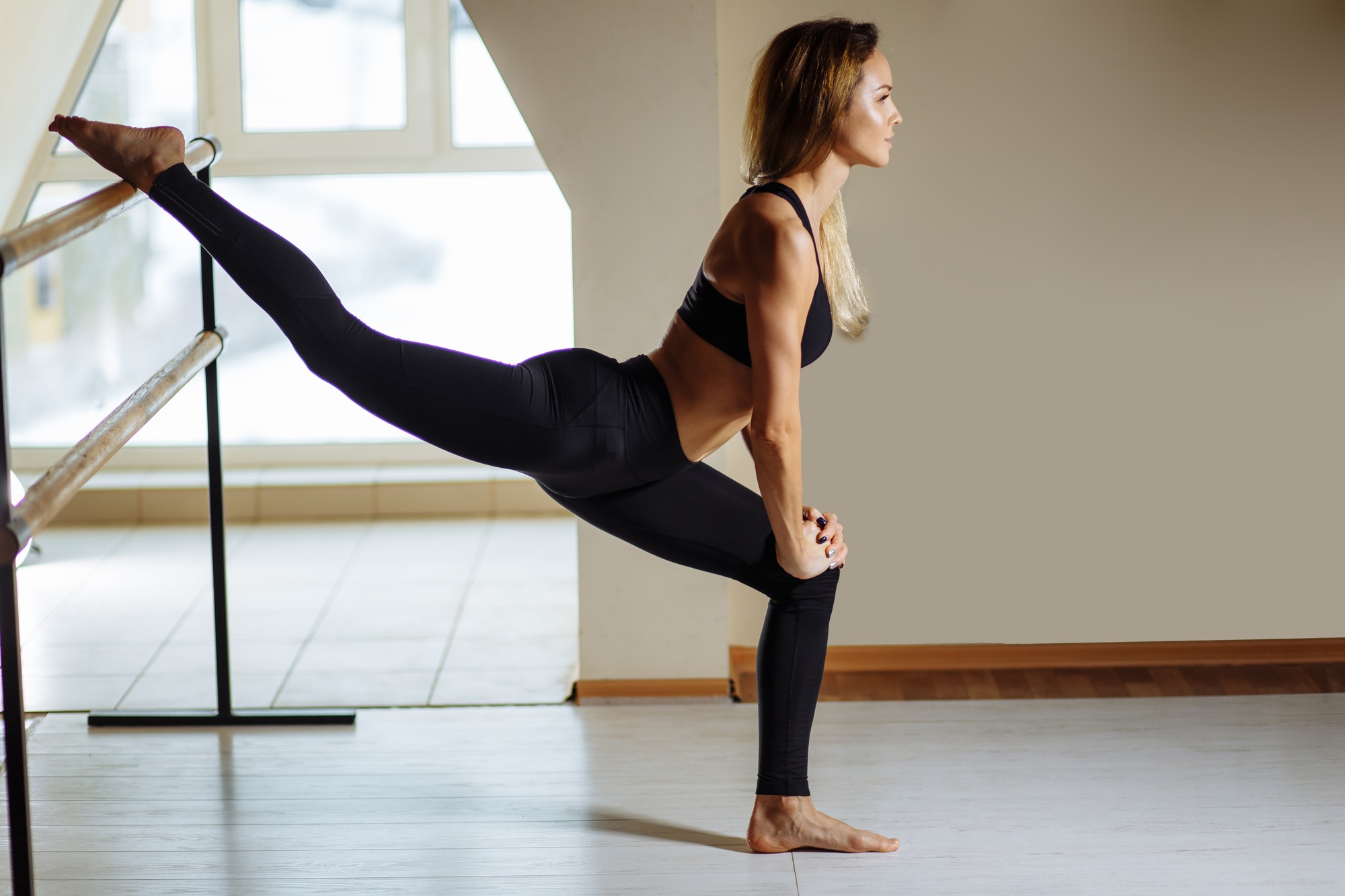
01 Sep Feeling Fatigued? Muscle-Lengthening Exercises Help Prevent Injuries
Exercises that lengthen leg muscles may help ballet dancers counteract fatigue, preventing injury and allowing for a more perfected jump technique, as research from the National Athletic Trainers’ Association suggests. The researchers sought to assess fatigue and resulting movement patterns to shed light on how athletic trainers can better work with dancers to prevent injuries. In their study, they studied how well trained ballet dancers performed the classic sauté jump – a vertical jump with feet pointing down – before and after becoming fatigued by dancing. When tired, the dancers’ form suffered, both in air and on landing, a media release from NATA explains.
“Our study suggests fatigued dancers may lack the strength to control their legs when absorbing the forces from the landing, affecting the technique and artistry of their jump as well as increase risk for injury,” says Danielle N. Jarvis, PhD, ATC, senior author of the study and assistant professor of kinesiology at California State University Northridge. “Targeted eccentric exercises could enable them to control their movements when they’re tired. This may help them consistently perform the jump in good form as well as reduce the risk of injury.”
Researchers studied 17 professional ballet dancers who performed 10 sauté jumps before and after a protocol designed to mimic a ballet class or rehearsal. They used a 12-camera motion capture system and force plates to collect three-dimensional movement data while the dancers performed the jumps. They determined that the dancers’ ankles flexed more deeply upon landing when they were fatigued (30.32 degrees) compared to before they were tired (28.88 degrees). Fatigue also lessened the peak landing forces, meaning the dancers landed more softly.
The force plates determined they landed with 1.72 times their body weight when fatigued, vs 2.13 times their body weight before they were fatigued. The motion capture system showed that while the dancers achieved the same jump height, they did not point their toes as proficiently when fatigued. Based on their findings, the researchers surmise that eccentric exercises could help lengthen and strengthen the calf muscles, counteracting the effects of fatigue. Eccentric muscle contractions occur in the lowering phase of a traditional movement (eg, lowering into a squat, or lowering the arms after a biceps curl), causing a muscle to lengthen rather than shorten. One such exercise involves standing on both toes and then lowering one foot in a very slow, controlled manner, rather than letting the heel come down quickly, the release explains. “Athletic trainers can work with dancers to identify eccentric movements they can do to achieve better control and jump more effectively,” Jarvis states. “We believe that if dancers are better able to control – and not collapse into – the landing, they are more likely to use the proper technique and may be less likely to get injured.”
